Maltipu: all about the dog breed
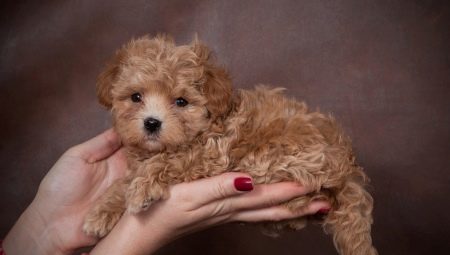
From the point of view of professional breeders, breeders, dog handlers, the maltipu is not a dog breed in the classical sense. Especially zealous supporters of pure blood call her a mongrel, as it is a cross between two breeds. But our article is for those who fell in love with this "plush toy", who wants to see a dear and kind creature in their home. It doesn't matter if this family friend is recognized by the cynological associations or not. So, our conversation today will focus on the designer domestic dog Maltipu, the history of its origin and other curious facts.
Origin story
You need to start with the very concept of "designer dogs". In the mid-50s of the XX century, an unusual pet was bred in England - dorgi, a cross between a dachshund and a corgi.
This experiment is considered to be a kind of starting point for the artistic design (design) of new breeds of dogs.
Following the dorgi, the vestipa, goldendoodle, kawapu, cockapu and others appeared. And in 1980 they started talking about the maltipu - a puppy of a Maltese lapdog (malti) and a toy poodle (poo).
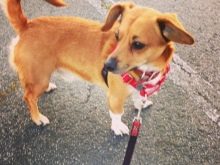
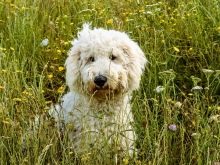
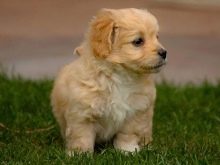
Zoo designers are often asked why they breed dogs of different breeds. Because mestizo have a number of advantages over their parents:
- unusual appearance, acquired from two, or even three breeds;
- hypoallergenic - many call this the first reason for breeding new breeds;
- minimum shedding percentage;
- good immunity;
- character focused on human interaction: friendliness, loyalty, playfulness.
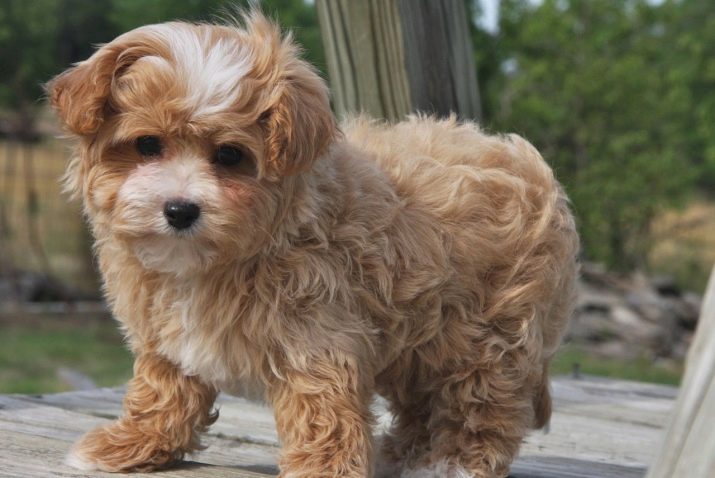
Although there are more and more dogs with unusual names derived from the names of the puppy's mom and dad breeds, designer dogs are not recognized as breeds. Parents may have official documents, but their offspring do not.
The history of the origin of the maltipu has two versions:
- desire to have an apartment hypoallergenic mini-dog;
- the desire to bring out the ideal pet, both in terms of external data and in terms of intellectual performance.
At the beginning of the 21st century, a boom began in the United States among those who not only wanted to make a real friend - a pet, but also those who wanted to be like their idols. The fact is that more and more celebrity photos from maltipu appeared on the network, which led to a real stir. On the one hand, the American Club of Hybrid Dogs and fan clubs appeared, on the other hand - the sky-high prices for puppies, the appearance of which took place according to the principle "first invented, then created."
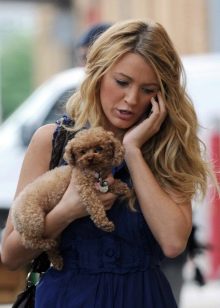
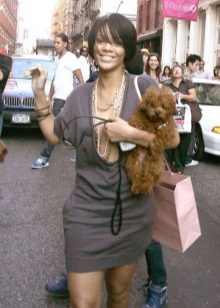
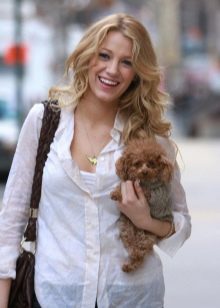
Around 2010, the first such puppies were imported to Russia, and also thanks to the beau monde. But thanks for the distribution of maltipu is still the dog breeders who started the official sale of puppies. Until now, many are surprised by the unreasonably high price (up to 150 thousand rubles) for a dog without documents.
This is especially annoying for breeders who say that the fascination with designer dogs raises serious concerns among breeders of purebred animals. In their opinion, such crossbreeding is often done by amateurs, without testing the parents of the puppies. This is what leads to the fact that 5 out of 6 puppies are born with a very unusual exterior and congenital diseases.
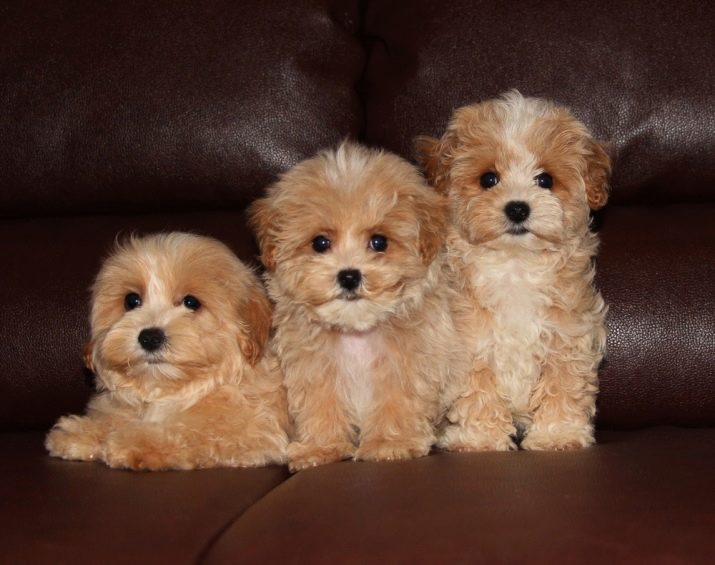
But after all, many breeds began with crossing, which means that designer dogs still have everything ahead. It just takes time and real professionals in their field. And at the moment maltipu is one of the ten most popular mini dogs in the world.
Description
Even getting acquainted in absentia with fluffy charms, you can find too different information about the maltipu. For example, some sites say that the weight of a dog is from 1.5 to 3.5 kg. On others - from 1 to 9 kg. Someone writes that the height at the withers is 20-30 cm, others - 35 cm.
Why are there such different data for a dwarf dog? Because there is no breed - there are no standards. And no one will blame the owners that their puppy is too curly or too tall. Because it will be important for them that the puppy is playful, quick-witted, attached to the owner. This characteristic is given by almost all Maltipu owners.
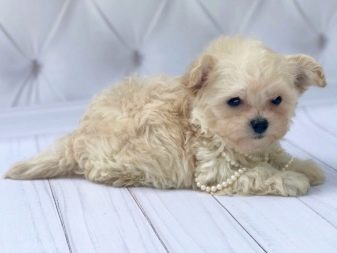
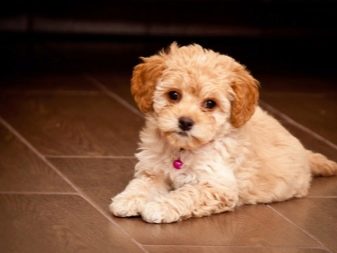
A puppy always looks like a soft toy with button eyes. But an adult dog may look more like a mom or dad. Ears droop, set low. The body is elongated.
In general, the individuals are quite harmoniously built, it is pleasant to look at them. Real representatives of the world of glamor.
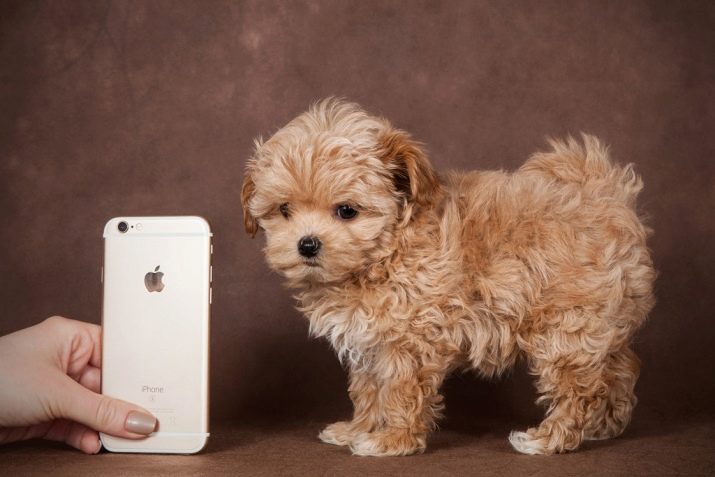
The size corresponds to the concept of "mini-dog", but each case is individual: there are individuals who are really dwarf, while others are much larger. This is no longer a pocket option, but you can carry this miracle on your hands. By the way, commercial breeders are trying in every possible way to make "cup" puppies, that is, to bring the size up to the figure of a mini-maltipa.
External data depends on the hybrid brand:
- F1 - these are puppies obtained from toy poodle and maltese;
- mating maltipu with toy poodle will give a puppy that looks more like a poodle, which is used by unscrupulous sellers and sell little poodles at the price of little maltipu;
- F2 - this is a hybrid of two maltipoo, the second generation, which does not look so interesting and attractive, which knocks down the price at times.
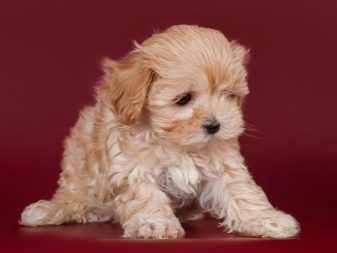
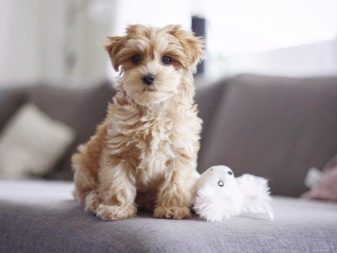
In many respects, the price is influenced by the structure of the dog's coat. It is of 3 types:
- smooth silky hair - the most expensive, because such wool (psovina) does not form tangles, does not require special care;
- curly dogs inherited a dog from a toy poodle, which creates a lot of problems: curls get confused, forming tangles;
- coarse wavy coat less common, but considered an undesirable cheap variety.
The density of the dog is also different: both rare and very dense. This forces the owners to more carefully monitor the pet's coat, do grooming and trimming.
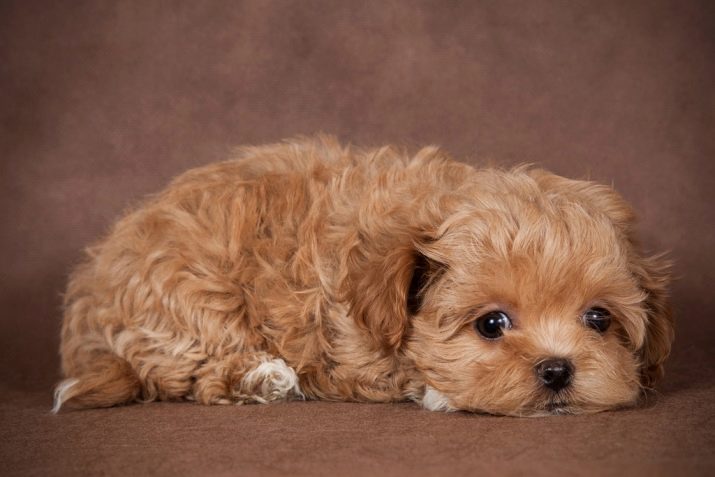
Character
The Maltese took their best character traits from their parents. These dogs are valued for:
- loyalty to the family;
- benevolence;
- playfulness from puppyhood to adulthood;
- curiosity;
- energy;
- good learning ability.
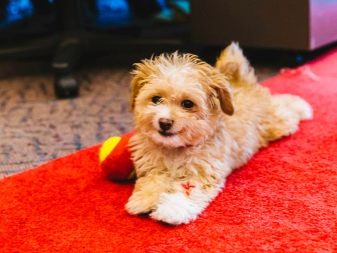
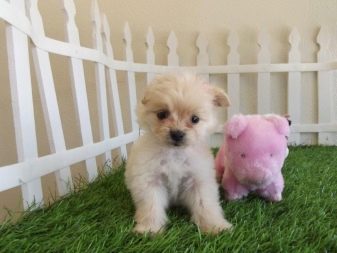
Curiosity pulls them to get acquainted with people, animals and birds. They are made for families with children. Human cubs and Maltese will never be bored with each other. But if you do not play with them, do not pay attention to them, leave them alone, the dogs will hurt and suffer.
Hence the first conclusion for future owners: if it is not possible to devote a lot of time to the maltipa, then you should not acquire a dog.
When talking about intelligence, the owners point out that It would be wrong to call your pets geeks, but they are not stupid either. According to experts, these are intelligent animals with a score of 4 out of 5 points. But they are very trusting: they can easily approach strangers or large brothers. The consequences of this curiosity can be dire. Therefore, for walks you need to choose quiet places and be sure to look after your pet.
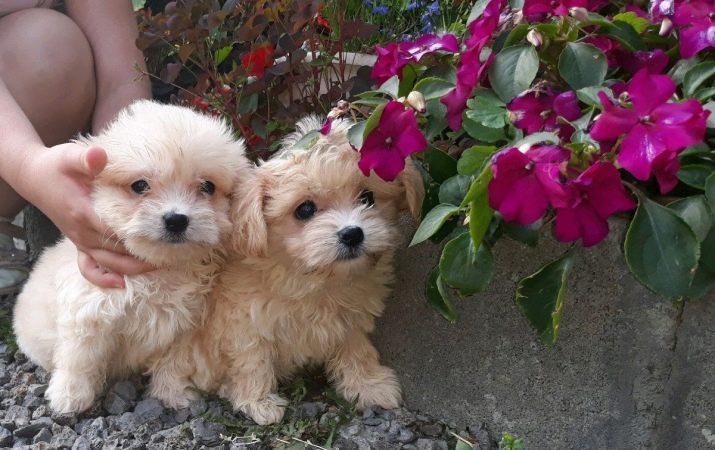
And walking with them is enough half an hour a day, although dogs can happily rush along the street for several hours in a row. These mestizos are completely non-aggressive, therefore they will not be able to defend themselves. If there is a concern that larger animals may attack your pet, then it is better not to let it off the leash. Even with age, when hyperactivity subsides, the dog will still explore all unfamiliar corners, enjoy communication with both a person and a hamster.
At home, this miracle will follow the owner and control all his actions: whether the owner is cooking correctly, whether he has chosen the right speed on the treadmill. Moreover, he is easy to train. The more family members there are, the easier it is to communicate with a Maltese: someone will scratch a belly, someone will cook dinner with him, someone will get combing, and someone will get training.
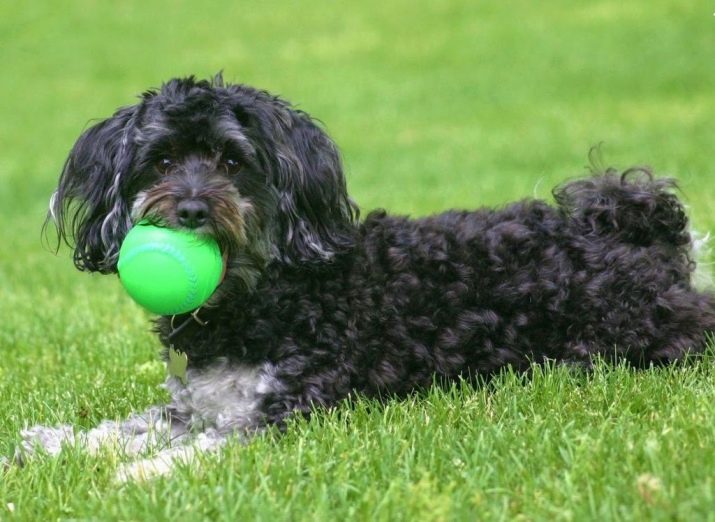
All hybrids have clear voices, so this "bell" will warn about the arrival of welcome guests, scare away unwanted ones, but at the same time wake up the whole apartment, as well as the neighbors.
And one more characteristic: a hypoallergenic dog is in the event that it is F1, and then there are misfires.
Therefore, if you decide to make a gift for an allergy sufferer, then you need to keep in mind that there may be surprises.
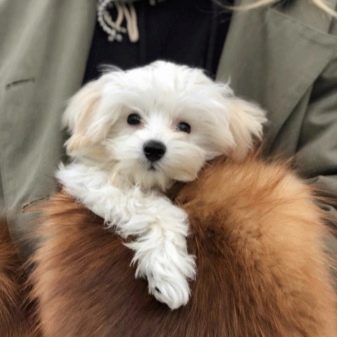
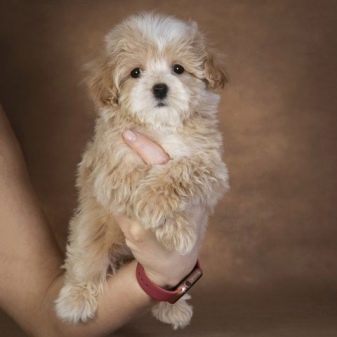
Types of color
Maltipu wool presents surprises not only in the thickness and appearance of the hair, but also in color. Babies can be born in a variety of colors, both with mono, and two- and three-color. And the color of the coat will affect the price. White maltipu is considered a special chic, although it is not pure white. Zoo designers deliberately inflate the price of these dogs. But the color can be black, silver, cream, brown, peach, blue.
In combination, colors can also be very diverse, and all look very interesting. The same black color is never pure, it always has subtones.
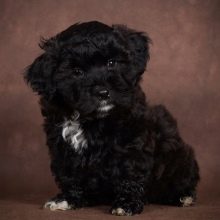
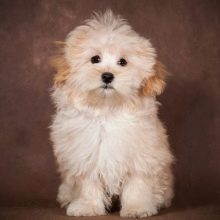
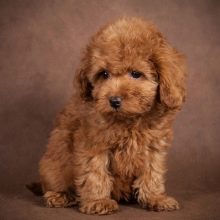
Care rules
Maltipu are exclusively indoor dogs, they will not survive on the street. By the time the puppy gets a home, a place should be prepared in it. It should be secluded away from doors and windows - a gentle creature is afraid of drafts. Therefore, it is better to acquire not just a mat, but a basket with a convenient low entrance.
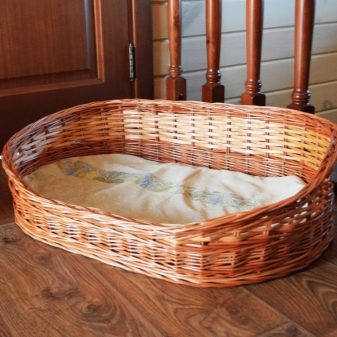
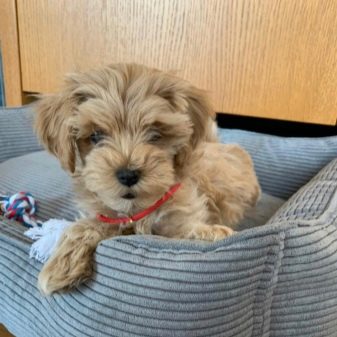
If this is your first pet, then you need to know that in the future it will need three compulsory places: for play and sleep, for feeding, for coping with natural needs (toilet).
Therefore, in addition to the basket, you need to prepare toys, a leash and a collar for walking, diapers, and then a tray, bowls for water and food. You will also need brushes for combing out. The easiest way to care for straight, silky hair is but it also needs to be combed out 2-3 times a week. Curly animals must be combed out every day. And still, they can form mats, which are fought with special shampoos.
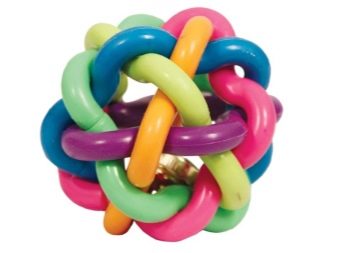

But when choosing a shampoo, it is worth considering the type of coat so as not to worsen the hair structure. In
Bathing is a must for these fluffy dogs. This should be done 2-3 times a month. during washing, you should have a comb for dogs at hand, otherwise the coat will not rinse. It is better to have several of them.
A single-row comb is hardly suitable for maltipu, it is better to purchase a multi-row, not too frequent, and for long hair - a soft brush or a comb with sparse teeth. It doesn't have to be plastic or metal. A wooden comb without serrations or a brush with metal teeth but with silicone tips will work best (metal will not damage the skin and plastic will not electrify).
The size of the comb directly depends on the size of the dog: for a Maltipu puppy you need a small comb, for an adult dog - a larger one.
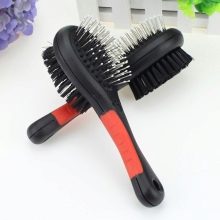
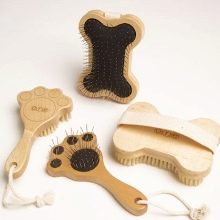
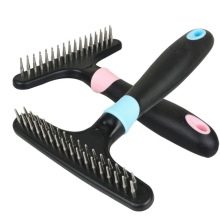
After bathing, the wool is dried with a towel. You can use the hair dryer in a gentle mode if the dog is not afraid. On the one hand, a hair dryer can dry out the skin and coat, on the other hand, after such drying, the dog looks much neater. And even with self-drying, the dog can freeze and catch a cold.
The stiff coat perfectly protects the dog from the cold, practically does not shed, does not require regular combing, and does not fall into tangles. But it has a maturation cycle (4-8 months), after which it disintegrates, forming sloppy rows, loses its shine, becomes ugly. To prevent this from happening, the dead wool is plucked out.
Trimming is not as painful a procedure as many people think. On the contrary, the dog likes it so much that he often falls asleep on the grooming table.
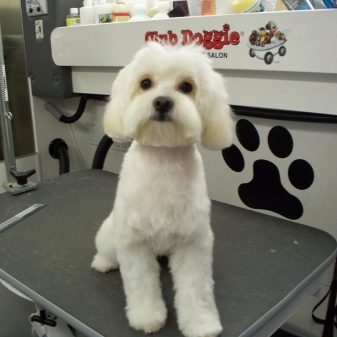
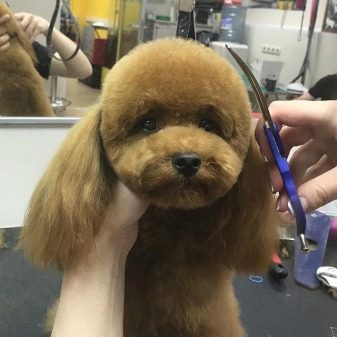
Experts say that trimming is preferable to haircuts, as it makes the dog's coat more well-groomed, shiny, bright, neat. If you do not pluck out dead hair, then the living ones will become thinner, they will get lost in tangles, their color will become faded. It is recommended to cut the mestizos 2-3 times a year. Haircuts can be standard or creative, manual or machine; medium, short or very short; hygienic - around the eyes, nose and mouth, under the tail, between the claws, in the auricles.
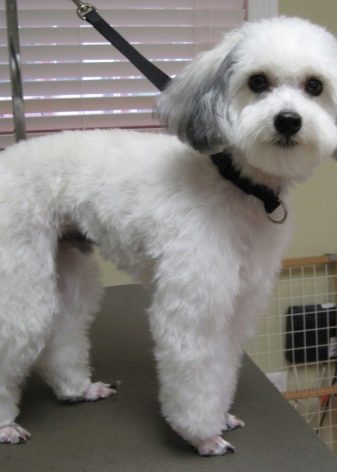

Moreover, the groomer will not only cut, but will also perform the other necessary procedures: cutting nails (once a month), spa procedures, hygienic treatment of the oral cavity, eyes and ears, and the fight against external parasites.
The grooming ends with the perfume of the wool. To some, this procedure will seem overkill, since the maltipu does not smell like a dog, but this dog was simply created for material investments.
Cleaning your ears and often sour eyes is a mandatory procedure not only in the salon, but also at home.... Ears are cleaned with a special lotion and a cloth. Eyes, which are often watery and sour (inherited from maltese), are treated with ophthalmic lotion applied to a napkin, or chamomile decoction or tea solution. On white wool, the lacrimal paths are still noticeable. If it is fundamentally important for the owners that the dog has an ideal appearance, then the paths are lightened with special powder or conditioner from the pet store.
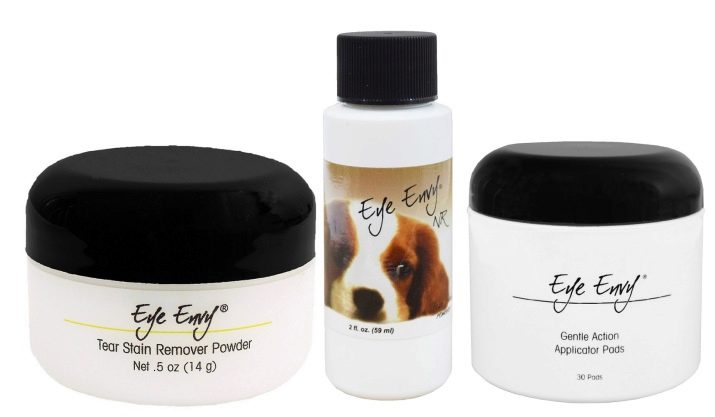
Maltipu needs to brush his teeth regularly with a small silicone brush. You need to accustom the dog to this procedure from birth, and carry it out about once every 3-4 days. Some owners write that the pets have no dental problems, others say that the half-breed has weak teeth. Anyway, regular check-ups by a veterinarian are necessary to be sure of the dog's health.
Also, you need to contact the zoo clinic for timely vaccination. Maltipu is a mixture of breeds. And pedigree dogs do not live long without vaccinations. And it will be very painful to realize that this plush baby died because the owner or mistress did not take the time to vaccinate the dog. Do not forget that pets need to be regularly given drugs for helminths. Deworming is carried out once a quarter (this also applies to people in whose families any animals live).
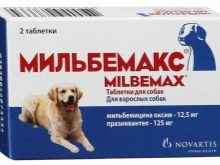

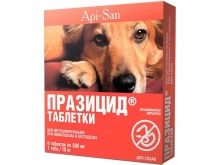
The owners also leave different reviews about dog walking.Some people write that it is enough to go out twice a day for 15-20 minutes. Someone says that you can go out with them once a day for half an hour. There are those who write that the dog is ready to run around the house for hours. In any case, veterinarians give the following walking tips:
- in winter, the maltipa should be insulated with a blanket or overalls;
- in cold weather, the nose and paw pads are lubricated with a special agent containing wax to protect the skin;
- if the dog wants to play, then it is better to take a ball with him, or run with him;
- after a walk, it is necessary to wash the paws and lubricate them with a nourishing cream (especially carefully this should be monitored if the dog is running down the street where the reagent is scattered).
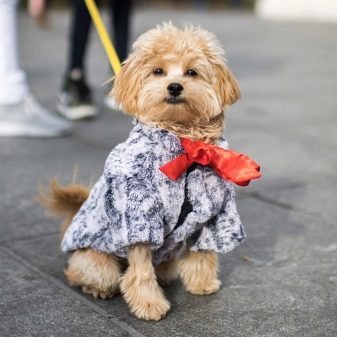
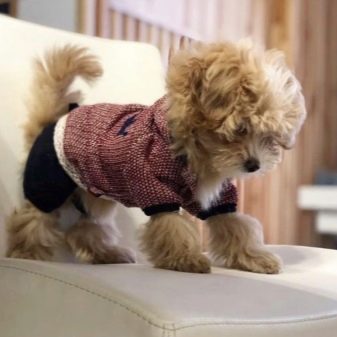
Diseases
In matters of health, perhaps, the aspect of the lack of a breed is most clearly manifested: the maltipu is borrowed from diseases from both parents, and they are not particularly involved in testing and improving them. Therefore, the mestizo will develop differently in each individual case. If your baby has acquired "hybrid strength" as a result of crossing parents, then you are in luck. If you are unlucky, then the maltipu are most often found:
- allergies, often associated with unhealthy diet;
- dislocation of the kneecaps (patella);
- hypoglycemia, which can result in "trembling" syndrome;
- hypothyroidism, which will negatively affect not only the general well-being, but also the appearance;
- pancreatitis;
- cardiovascular diseases;
- problems with gums and teeth;
- seizures;
- progressive retinal atrophy rcd3-PRA, which can completely or partially render the dog blind;
- chronic neurological diseases, including epilepsy;
- White Shaker's Dog Syndrome (or White Shaker's Dog Syndrome) is characterized by poor coordination, rapid eye movement, tremors throughout the body; more common in white dogs, but not necessarily. The condition is complicated by the fact that the disease can be genetically transmitted from both the maltese and the poodle.
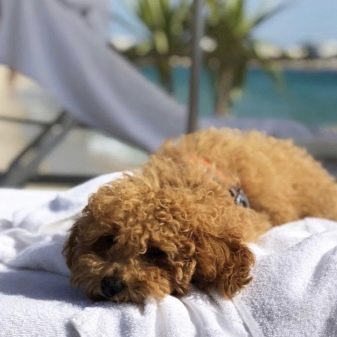

This does not mean that all diseases will manifest in your pet, therefore do not constantly look for signs of a particular disease. With proper care, proper nutrition and constant care, a plush pet may well live up to 12-15 years.
What to feed?
The answer to the question about the dog's diet depends on the age of the pet. Puppies eat 6 or more times a day... Good owners keep the baby on breast milk for up to 3 months, that is, the puppy grows with mom (and preferably with dad) up to this age. For all babies, mother's milk is the best immune stabilizer for the body.
From about 3 months, the dog begins to be transferred to adult food. Each product begins to be introduced with 1⁄4 of the daily portion, gradually bringing it up to the daily requirement. It is better to introduce new products in turn, in order to understand which of them the baby's digestion was upset with or which one he liked more.
There are two types of food for Maltipu adults: organic food and dry food. Caring owners use both.

Super premium and holistic granules for small breeds are recommended for designer dogs. The list of natural products is quite large:
- boiled meat of poultry, beef, rabbit, sea fish, that is, products containing protein (proteins), sometimes you can give pieces of raw beef or raw (scalded) liver;
- fermented milk products (not milk): cottage cheese, low-fat kefir;
- vegetables: cucumbers, bell peppers, carrots, etc.;
- greens;
- fruits (once every three days): apple, pear, melon, watermelon - the portion should not exceed two tablespoons so that the pet does not get fat from excess sucrose;
- buckwheat, oatmeal or rice porridge;
- 2-3 times a week, you can give walnuts with a drop of honey.
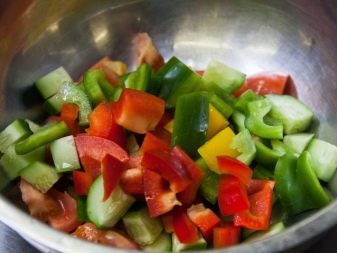
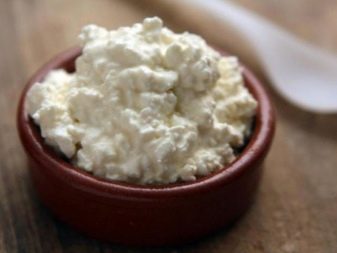
Prohibited foods include fried foods, smoked and salted foods, chocolate and any baked goods.
Maltipu are still tasty beggars. Do not give in to their "persuasion", otherwise the pet is threatened with obesity.For an adult dog, it is sufficient to eat twice a day. But there should always be a bowl of clean water.
But since the menu made from natural products will have to be mastered by trial and error, the pet will need vitamin complexes without fail. They will help maintain the shine and silkiness of the hairline. Your veterinarian will help you choose the right multivitamin.

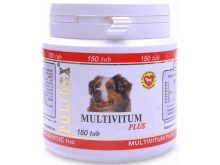
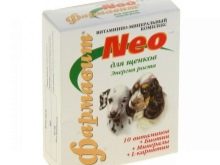
Upbringing
The upbringing process begins from the moment the puppy appears in the house. At this moment, it is very important to understand that this is not a plush toy, but a living creature that is completely dependent on its owner. Together with his pet, the owner will learn and teach where to sleep, where the bowls for food are. The most important problem for many is connected with the answer to the question of how to accustom a puppy to a diaper.
Yes, it is difficult for a small puppy to walk in a litter box. It is much easier to accustom him to a smooth surface, which is a medical waterproof diaper. You need to lay it away from the place of sleep and food. Ideally, where the tray will sit later. Puppies empty their bladders immediately after eating and after sleeping. At this moment, the dog needs to be put on a diaper and followed by his actions.
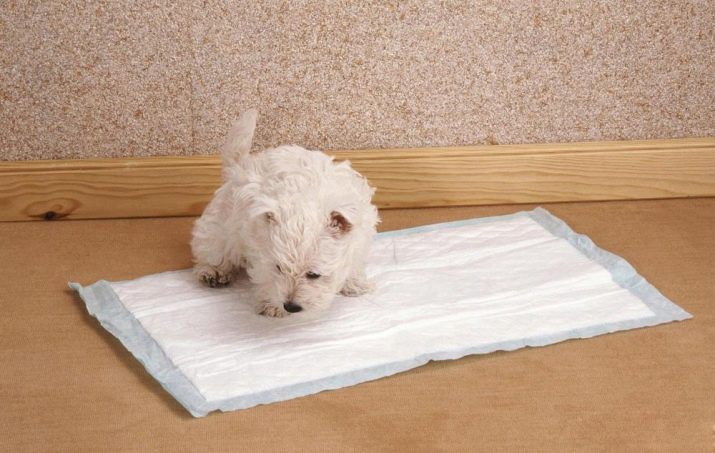
Each correct action must be encouraged with a word, affection, delicious food. But in no case should you spank or beat the puppy for making a puddle in the wrong place.
From about two months of age, maltipu are ready to accept training commands. Experts say that if you start training later, then it will require more effort, since these mestizos are quite wayward creatures. If you let the upbringing process take its course, then on the street she will constantly run away or tear the leash, and when visiting everyone she will “announce” that you are not involved in her upbringing. But the malti will not tolerate any coercion: only affection, play, trust, praise, delicacies for the right actions.
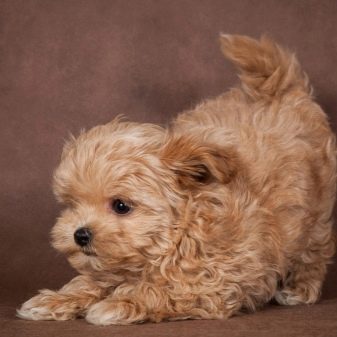
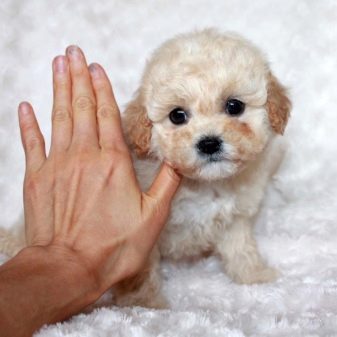
Whether your pet needs a general training course, decide for yourself. But it is necessary to learn the simplest commands, since the intellect allows it.
- "To me". When the dog moves 5-10 meters away, give the command. Encourage correct execution with a treat, like any other correctly executed command.
- "Lie". Simultaneously with the vocal dubbing, the dog is pressed to the floor, holding the hand in the area of the withers and back.
- "Nearby". Mini dogs love to overtake their owner while walking. It is not safe for her. Such impulses must be suppressed. The owner needs to pronounce the command loudly, carefully pulling the leash over himself.
- "Sit"... Both the street and the house are suitable for practicing the skill. When giving the command, you need to press the lower back and rump of the dog with your hand.
- "Ugh"... Mandatory command. It is she who can save the life and health of the pet if he is going to pick up something on the street. It is at this moment that the command must be strictly pronounced, and for obedience it is imperative to praise and reward with a tasty treat.
Thus, only praise and affection will help raise a dog. And the treat will speed up the training process.
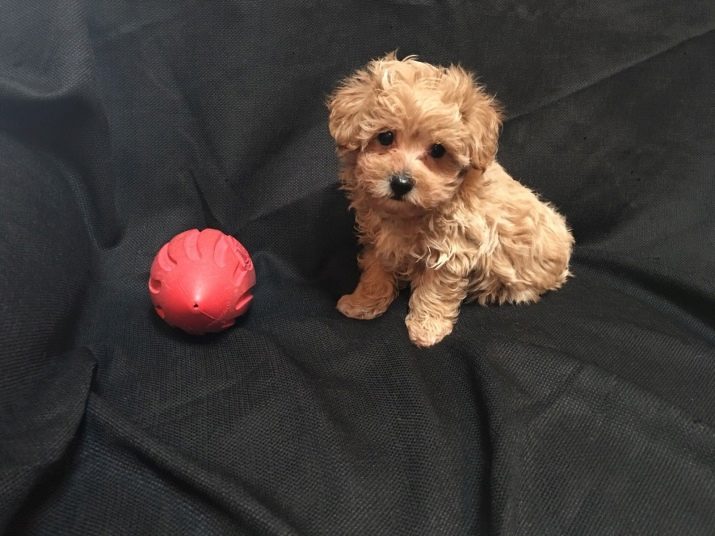
But it is important to remember that upbringing, training is not a one-time occupation, but a constant one that requires time and patience from the owner.
Summing up the results that characterize the maltipa, we note that it is:
- a dog with a low degree of aggressiveness (2 points out of 5),
- medium activity (3/5),
- average level of training (3/5),
- high level of friendliness (4/5),
- hates loneliness (1/5),
- intellectually developed (4/5),
- not very noisy, but also not quiet (3/5),
- she has a moderate shedding (3/5),
- this is a bad guard (2/5),
- requires moderate maintenance (3/5),
- has an average level of health (3/5),
- the cost of maintenance is average (3/5).
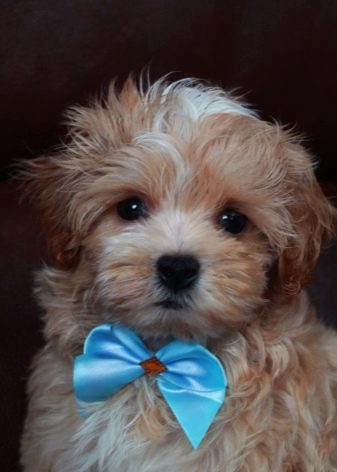
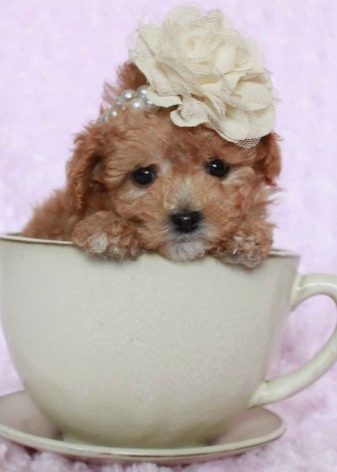
All about the Maltipu breed, see the next video.






































